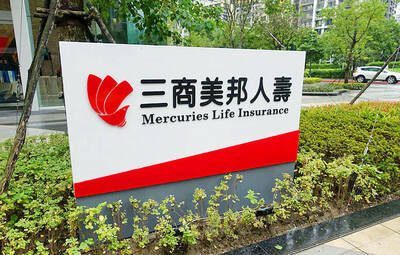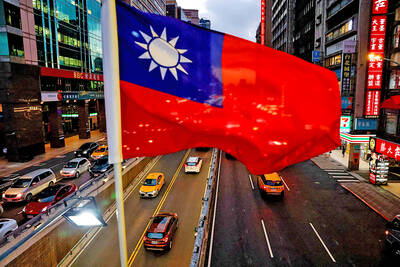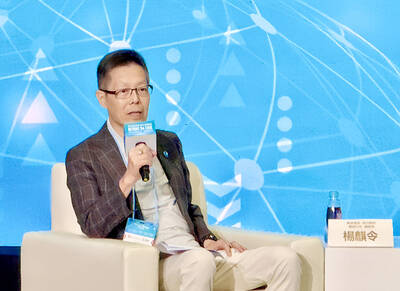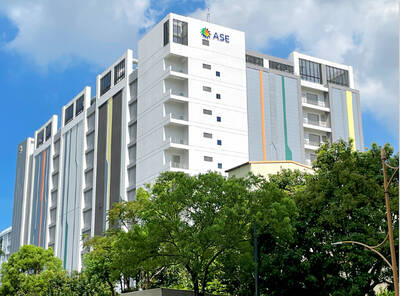Taiwan was ranked the 20th richest country in the world in terms of per capita income when adjusted for purchasing power parity (PPP), much higher than it would be ranked if comparing nominal per capita GDP, according to data released by the IMF on Tuesday.
Based on the latest IMF statistics, Taiwan’s PPP-based per capita GDP was estimated at US$35,604 last year. The nation’s ranking was higher than the UK, France, Japan and South Korea, the data showed.
Purchasing power parity is used to adjust exchange rates so that the rates accurately reflect each currency’s purchasing power.
The Persian Gulf oil-producing country of Qatar replaced Luxembourg as the world’s richest country with a PPP-based per capita GDP of US$81,466 last year. Qatar’s figure was almost double that of the US, which ranked seventh at US$46,860.
The report said GDP dollar estimates used in its ranking were derived from PPP calculations prepared by various organizations, including the World Bank. It also qualified the statistics, saying PPP figures were estimates rather than hard facts.
Comparisons of national wealth are also frequently made on the basis of nominal GDP, which does not reflect differences in the cost of living in different countries.
Consequently, the IMF and the World Bank tend to use the PPP index to compare national wealth or living standards of various countries.
In using PPP per-capita GDP to compare Taiwan and Japan, Taiwan’s per capita income is actually higher by US$1,749. However, Taiwan’s nominal GDP per capita is less than half Japan’s US$42,782. The huge difference can be attributed to the high cost of living in Japan or the overvaluation of the yen, or a combination of both.
The IMF data showed Germany was ranked one notch ahead of Taiwan, with US$36,081 in per capita GDP on a PPP basis, while the UK ranked 21st richest with an estimated US$35,059 and France was 23rd at US$33,910.
Japan came in 24th at US$33,885 and South Korea was two spots behind with PPP-based per capita GDP estimated at US$29,997. China was ranked 94th at US$7,544.

Mercuries Life Insurance Co (三商美邦人壽) shares surged to a seven-month high this week after local media reported that E.Sun Financial Holding Co (玉山金控) had outbid CTBC Financial Holding Co (中信金控) in the financially strained insurer’s ongoing sale process. Shares of the mid-sized life insurer climbed 5.8 percent this week to NT$6.72, extending a nearly 18 percent rally over the past month, as investors bet on the likelihood of an impending takeover. The final round of bidding closed on Thursday, marking a critical step in the 32-year-old insurer’s search for a buyer after years of struggling to meet capital adequacy requirements. Local media reports

AI BOOST: Although Taiwan’s reliance on Chinese rare earth elements is limited, it could face indirect impacts from supply issues and price volatility, an economist said DBS Bank Ltd (星展銀行) has sharply raised its forecast for Taiwan’s economic growth this year to 5.6 percent, citing stronger-than-expected exports and investment linked to artificial intelligence (AI), as it said that the current momentum could peak soon. The acceleration of the global AI race has fueled a surge in Taiwan’s AI-related capital spending and exports of information and communications technology (ICT) products, which have been key drivers of growth this year. “We have revised our GDP forecast for Taiwan upward to 5.6 percent from 4 percent, an upgrade that mainly reflects stronger-than-expected AI-related exports and investment in the third

TECHNOLOGICAL RIVALRY: The artificial intelligence chip competition among multiple players would likely intensify over the next two years, a Quanta official said Quanta Computer Inc (廣達), which makes servers and laptops on a contract basis, yesterday said its shipments of artificial intelligence (AI) servers powered by Nvidia Corp’s GB300 chips have increased steadily since last month, should surpass those of the GB200 models this quarter. The production of GB300 servers has gone much more smoothly than that of the GB200, with shipments projected to increase sharply next month, Quanta executive vice president Mike Yang (楊麒令) said on the sidelines of a technology forum in Taipei. While orders for GB200 servers gradually decrease, the production transition between the two server models has been

ASE Technology Holding Co (日月光投控), the world’s largest integrated circuit (IC) packaging and testing supplier, yesterday announced a strategic collaboration with Analog Devices Inc (ADI), coupled with the signing of a binding memorandum of understanding. Under the agreement, ASE intends to purchase 100 percent shares of Analog Devices Sdn Bhd and acquire its manufacturing facility in Penang, Malaysia, a press release showed. The ADI Penang facility is located in the prime industrial hub of Bayan Lepas, with an area of over 680,000 square feet, it said. In addition, the two sides intend to enter into a long-term supply agreement for ASE to